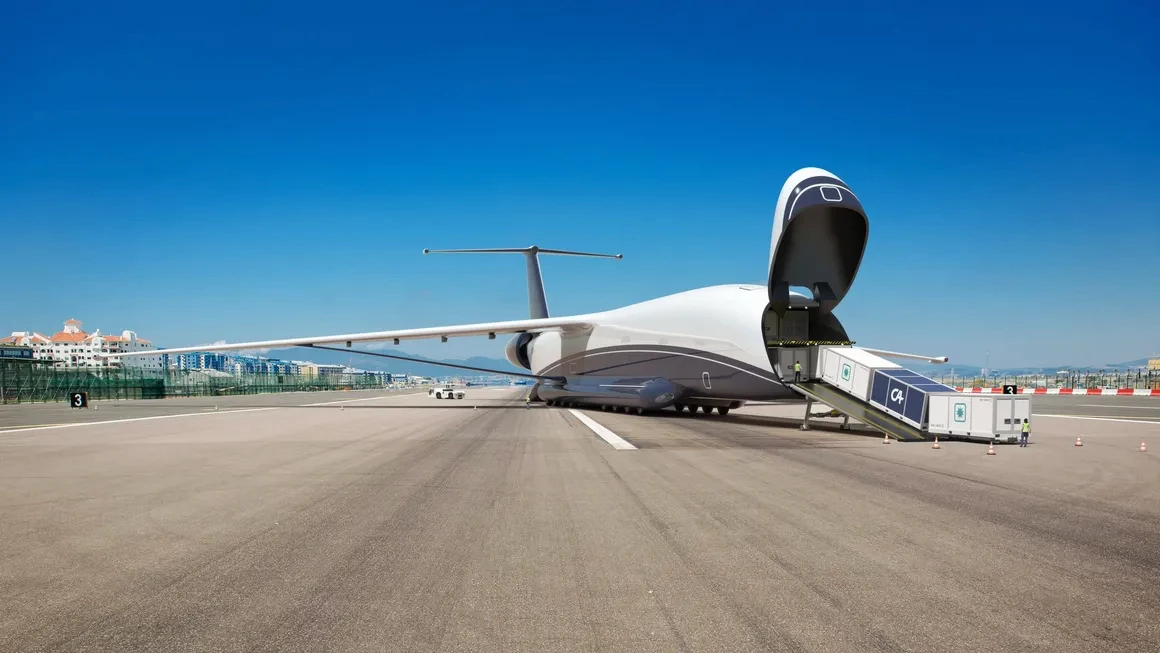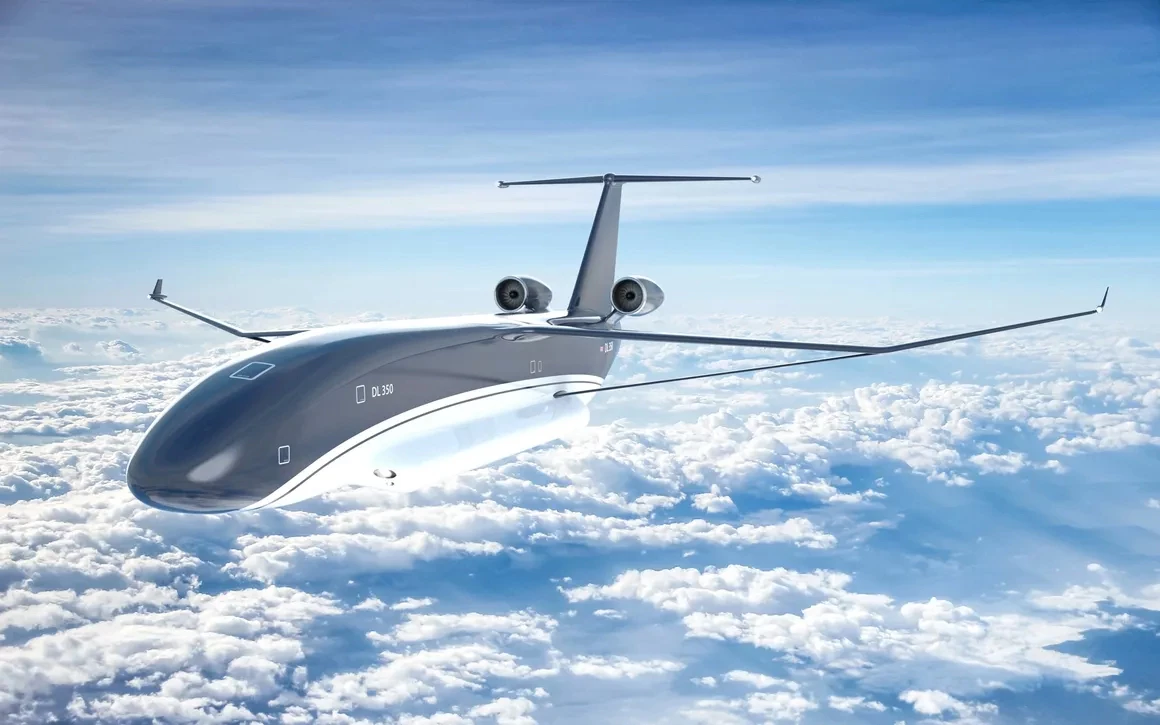While airfreight is certainly the fastest method of transporting cargo, it's also by far the most expensive. The Droneliner aircraft could help change that, by doing away with a crew and adopting a more cargo-friendly body shape.
Currently, most cargo aircraft have cylindrical bodies with concave inner walls, just like passenger-carrying airliners.
According to British aerospace startup Droneliner, this means a lot of space is wasted when those aircraft are carrying traditional rectangular loads. Additionally, those loads usually have to be put on and taken off via the side of the plane. And what's more, some cargo space is sacrificed in order to make room for the cockpit and crew.
By contrast, the Droneliner's body is shaped more like a smooth-edged rectangular box, allowing conventional-style 20-ft (6-m) intermodal shipping containers to be rolled on and off via ramps in its wide-opening front and rear ends. It's also remotely piloted, so no allowances have to be made for any onboard crew.

Propulsion is supplied by one or two turbofan engines (depending on the Droneliner model), which could use SAF (Sustainable Aviation Fuel) biofuel or hydrogen. Even when using conventional fuel, the aircraft's hybrid drive system still uses electrical power for taxiing, taking off and landing.
Plans call for two versions of the Droneliner to be made.
The single-engine DL200 will be able to accommodate a total of 36 to 40 containers on two levels, for a maximum cargo weight of 200 tons (181 tonnes). The twin-engine DL350, on the other hand, will carry 70 to 80 containers on three levels, managing up to 350 tons (318 tonnes). Both models should have a range of 6,500 nautical miles (12,038 km).

Needless to say, things are still largely conceptual at this point. Nonetheless, the company states that use of the Droneliner should reduce the cost of airfreight by over 70%. Additionally, because the cargo-optimized plane will have such a high payload-to-fuel ratio, it should drastically reduce fuel use and carbon emissions.
Interested parties can contact Droneliner via its website.
Source: Droneliner




